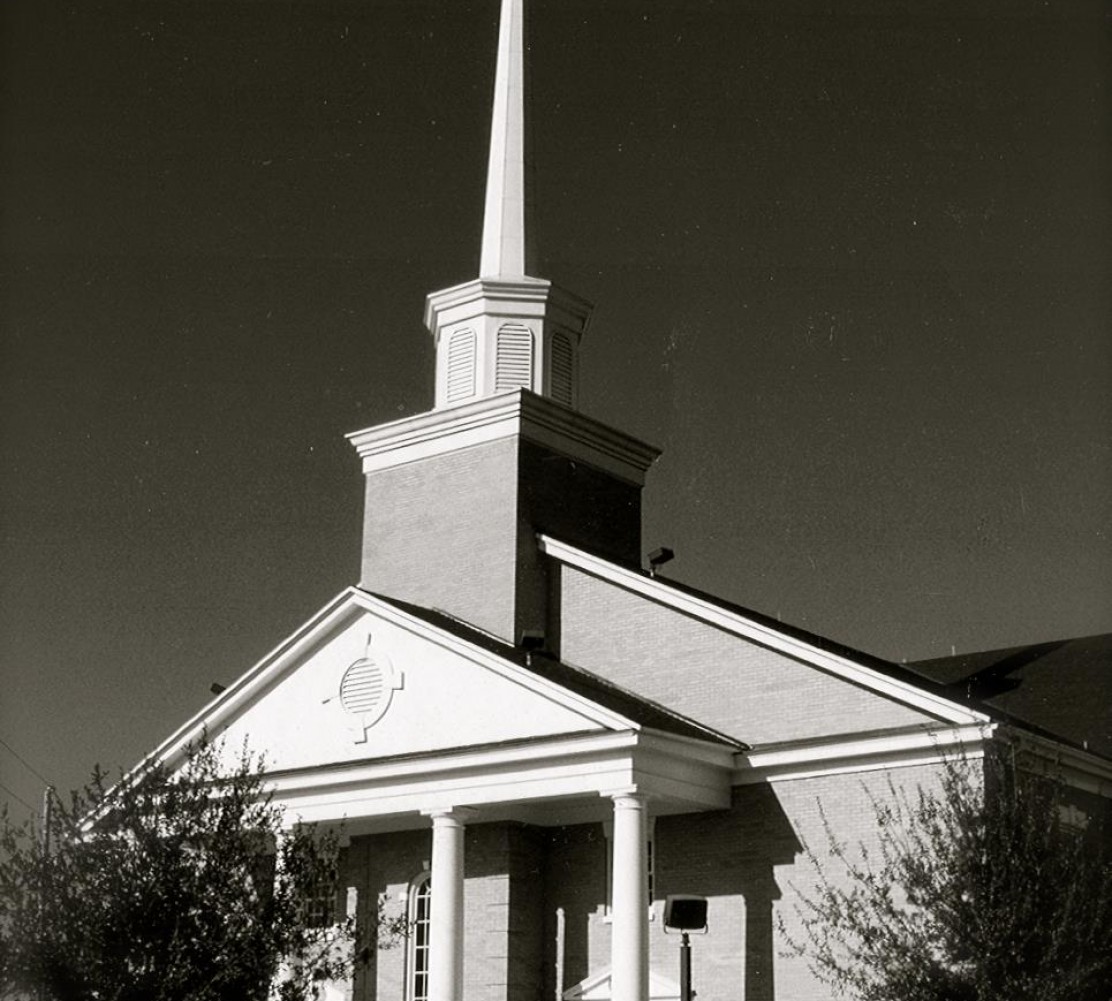I’m preaching tomorrow on Colossians 2:16-23, where Paul tells us to reject shadows and hold to Christ, the Substance of our faith. One example of “shadows” is the set of Old Testament regulations, which New Covenant believers are no longer bound by. The book of Hebrews takes pains to show that the Old Covenant was a copy or shadow of the real covenant instituted by Jesus and his completed work. Paul encourages believers in Colossians to hold to Christ as the only Way of access to God.
One illustration of this principle is the learner’s permit for new drivers. Teenagers get these and work under supervision to learn how to drive safely on their own. There are specific restrictions to a learner’s permit – limitations on what hours they can drive, as well as requirements for an adult driver of a certain age to be in the car at all times. Finally, after around a year of the limited learner’s permit, the young person can get the full driver’s license, with all the rights and privileges that go with it. Why, after getting that, would they go back to the learner’s permit? Why would they go back to that which was just a shadow of their full freedom? That’s how nonsensical it is for believers to try to go back to that which was only meant to point to Christ. Christ alone is the Substance of our faith, and he alone provides access to God, forgiveness, and eternal life. Don’t hold to anything instead of Jesus, or in addition to Jesus.
This could illustrate Colossians 2, but also Ephesians 2, Hebrews 4, Hebrews 8, and Hebrews 10.
